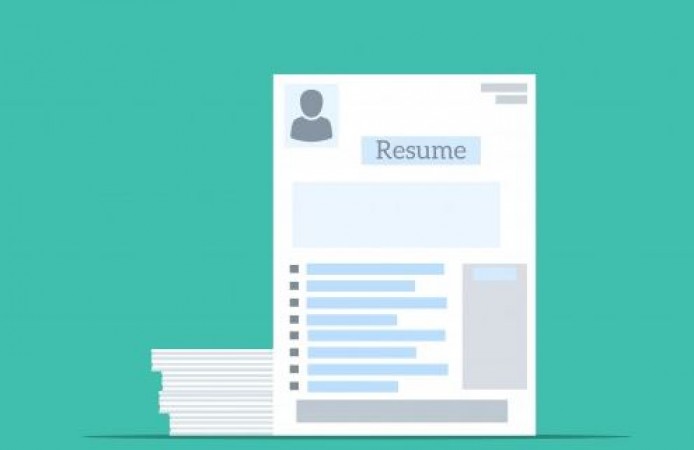
In today's competitive job market, a well-crafted resume can make all the difference in securing your dream job. Your resume serves as your introduction to potential employers, showcasing your skills, experience, and qualifications. In this guide, we'll walk you through the process of writing an effective resume that stands out from the crowd. From formatting to highlighting your skills, and tailoring your resume for different job applications, we've got you covered.
Your resume is your marketing tool, and its purpose is to get you noticed by potential employers. It's your chance to make a positive first impression and convince hiring managers that you're the perfect fit for the job.
Choosing the Right Resume Format
The first step in creating an effective resume is choosing the right format. There are three common formats: chronological, functional, and combination. Each has its own advantages and is suitable for different situations.
Crafting a Compelling Resume Summary
Your resume summary is a brief snapshot of your skills, experience, and qualifications. It's your elevator pitch and should grab the reader's attention while providing a glimpse of what you bring to the table.
Highlighting Your Skills and Accomplishments
In this section, showcase your key skills and highlight specific accomplishments that demonstrate your abilities. Use bullet points to make it easy for recruiters to scan and identify your strengths.
Showcasing Your Work Experience
Your work experience section should detail your relevant job history in reverse chronological order. Focus on your achievements, responsibilities, and how you contributed to your previous employers' success.
Tailoring Your Resume for Different Job Applications
Every job is unique, and your resume should reflect that. Customize your resume for each application by emphasizing the skills and experiences that align with the specific job requirements.
Including Relevant Keywords
Many companies use applicant tracking systems (ATS) to screen resumes. Incorporating relevant keywords from the job description can increase your chances of passing through the initial screening.
Education and Professional Development
Highlight your educational background, certifications, and any ongoing professional development that showcases your commitment to staying current in your field.
Adding a Personal Touch: Hobbies and Interests
While not always necessary, including a section about your hobbies and interests can provide insight into your personality and create potential conversation starters during interviews.
The Power of References
Having strong references can give your resume an extra edge. Consider including a "References" section or indicate that they are available upon request.
Design and Formatting Tips
The visual presentation of your resume matters. Use a clean and professional design, choose an appropriate font, and organize your content logically for easy readability.
Proofreading and Finalizing
Before submitting your resume, thoroughly proofread it to eliminate any grammatical errors or typos. It's a good idea to have someone else review it as well.
Crafting an effective resume is a crucial step toward landing your desired job. By following these tips and tailoring your resume to each application, you'll increase your chances of getting noticed by potential employers.
These IT Jobs Are Safe from Layoffs: Ensuring Career Stability in a Dynamic Industry
Asian Americans and Womens to get caught by AI affecting in their Development
Unveiling the Hidden Costs of Higher Education: Beyond Just Tuition